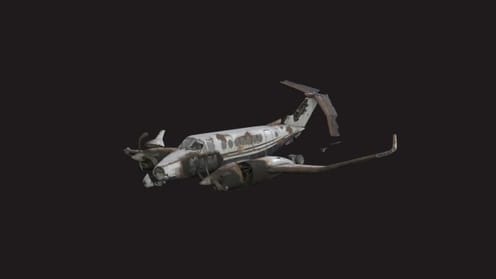The onset of winter has brought with it a dramatic shift in weather patterns across both the United States and Europe, primarily driven by a significant Arctic cold wave linked to the polar vortex. This phenomenon has resulted in unusually low temperatures and severe weather conditions that have disrupted daily life and raised concerns among meteorologists and authorities alike.
The polar vortex is a large area of low pressure and cold air surrounding the Earth’s poles. Under normal circumstances, this cold air remains contained within the Arctic region due to the strong winds that circulate around the vortex. However, recent disruptions to this system have allowed frigid air to escape southward, leading to a widespread Arctic blast that has affected millions of people.
In the United States, the impact of this cold wave has been felt across various regions. States in the Midwest and Northeast have reported record-low temperatures, with some areas experiencing wind chills that plummet to dangerous levels. Cities such as Minneapolis and Chicago have been particularly hard-hit, where residents are grappling with sub-zero temperatures and heavy snowfall. The National Weather Service has issued warnings and advisories, urging people to take precautions against the extreme cold.
The cold wave has also led to significant disruptions in transportation and infrastructure. Airlines have canceled thousands of flights due to adverse weather conditions, and road travel has become treacherous in many areas. Additionally, power outages have been reported as demand for heating surges, placing strain on energy grids. Utility companies are working diligently to restore power and assist customers affected by the cold.
Across the Atlantic, Europe is experiencing similar weather challenges. The polar vortex’s influence has resulted in bitterly cold temperatures and snowfall across countries such as the United Kingdom, Germany, and France. In some regions, the snowfall has been so severe that it has led to school closures and travel advisories. Authorities are urging residents to stay indoors where possible and to prepare for the possibility of continued adverse weather.
The effects of the Arctic blast extend beyond immediate weather concerns. The cold wave raises questions about climate resilience and the capacity of infrastructure to withstand extreme weather events. As climate change continues to influence weather patterns, the frequency and intensity of such cold waves may increase, prompting discussions about preparedness and adaptation strategies.
Meteorologists are closely monitoring the polar vortex and its potential future impacts. While it is difficult to predict the exact trajectory of weather patterns, the current situation serves as a reminder of the interconnectedness of global weather systems. The Arctic cold wave is not merely a localized event; it is part of a broader climatic phenomenon that has implications for weather patterns across the globe.
In response to the severe conditions, public health officials are also emphasizing the importance of safety during extreme cold. Hypothermia and frostbite are serious risks, particularly for vulnerable populations such as the elderly and those without adequate shelter. Authorities are working to provide resources and support to those in need, ensuring that everyone has access to warmth and safety during this challenging time.
As the Arctic blast continues to affect the United States and Europe, it serves as a stark reminder of the power of nature and the need for preparedness in the face of extreme weather events. The current situation highlights the importance of understanding the polar vortex and its influence on weather patterns, as well as the necessity of ongoing research into climate dynamics.
In conclusion, the Arctic cold wave linked to the polar vortex has brought severe winter conditions to both the United States and Europe, resulting in record-low temperatures, heavy snowfall, and widespread disruptions. As meteorologists continue to study this phenomenon, the focus remains on ensuring public safety and understanding the broader implications of changing weather patterns in a warming world.


